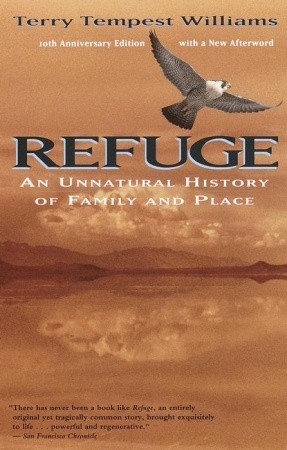~1~
This 84-year-old grandma has been waving to passing high school students every school day - morning, lunchtime and afternoon - since 2007. This simple act made such a difference to the teens that they organized a special school assembly to honor her on Valentine's Day and thank her for helping them smile.
"You can always count on her to be that warm smile on a dreary day."
~2~
Bikers Against Child Abuse (BACA) is an organization of some of the roughest, toughest, meanest-looking men and women with absolute hearts of gold. They volunteer their time to escort victims of child abuse to and from court appearances or therapy, to support them in court, to take them to school, to form a human wall around their homes until they feel safe again - whatever it takes, as long as it takes.
Some quotes from the 6-minute video:
"These children become part of our family. They get their own road name, they get their own cut, they become a biker. Any time they're afraid they just call us and we'll be there."
"We are scarier than their perpetrators, we are scarier than their demons, it works."
"The transformation in them in physical, it's visual. You see them going from an abused child to an empowered child. They smile more, they laugh. It's really something to see. They get that any one of us would gladly take a bullet for them."
"It is probably the most important role I've played in my life...We're that single strand of barbed wire between hell and happiness for them...These kids get to you. All these kids are our heroes."
~3~
This experiment, filmed by the Norwegian branch of SOS Children's Village International to draw attention to the plight of internally displaced Syrian children, warmed my heart. I don't speak Norwegian, so the conversation part is lost on me, but the message comes through loud and clear. The opening words are along the lines of "What would you if you saw a child freezing?" They reported that almost everyone offered the boy something: a scarf, gloves, or their coat. People are really good at heart.
~4~
Harold Krueger served as a Marine in World War II, Korea, and Vietnam, wearing the uniform for 44 years. His wife of 63 years, Lavina, passed away in January of this year, less than a month before Harold's 90th birthday on February 21. So his daughter, Debra, posted a simple request on facebook for friends to send cards or letters to cheer him up on his first birthday in more than 60 decades without the love of his life by his side. The response has been overwhelming as her post was shared hundreds of times and messages poured in from all over the globe. According to her facebook page, they are still receiving dozens of letters a day!
If you want to send him a card, the mailing address is at the end of the video in the link.










